
In Medieval Europe, people's diets were very much based on their social class. While the nobility could afford top quality meat, sugar, exotic fruit and spices imported from Asia, peasants often consumed their own produce, which included bread, porridge, peas, onions, carrots, cabbage and other vegetables, as well as dairy products and very occasionally meat. In the Middle Ages, cooked food was the norm, but the foodstuffs that went into a dish and their quality depended to a large degree on the social class.
Meat
Meat was a staple food among the rich, who often enjoyed hunting. In addition to wild deer, boar, duck and pheasant, the nobility also ate beef, mutton, lamb, pork and chicken. Meat was roasted most of the time, but occasionally turned into stews. A Medieval dinner party could have as many as six meat courses, but the poor could rarely afford meat. Only the cheapest cuts of meat were available to them.
Grains
Wheat was widely cultivated across Medieval Europe. Although also used in sausages, stews and soups, most cultivated wheat was turned into bread. While the nobility ate the more expensive white bread, the lower classes could only afford dark bread, made with sieved or bolted wholemeal flour, which was often mixed with other available grains cultivated as animal fodder, such as barley, rye and oats, or even beans and chestnuts. To peasants, porridge was an alternative to bread. The upper classes also used wheat flour to make cakes and pies.
Vegetables
The lower classes consumed cabbage cooked and fermented. The vegetable was not common in the upper circles as it was considered a "peasant's food." It was also thought to cause melancholy and nightmares, though it was recommended as an antidote to drunkenness. Peasants also consumed carrots, turnips and beetroots boiled or as soup. The nobility avoided garlic and onions, because of their strong taste and smell, preferring instead to use the milder leek to make soups, stews and sauces. Peas were considered a staple food among the rich and the poor alike. They were eaten green or dried, often cooked with bacon or served with meat. Peas did not have the same reputation as beans, which were also regarded as "peasant's food."
Dairy Products
The majority of peasants worked as farmers, growing foodstuffs and rearing cattle for their landlords, who were often rich or part of the nobility. While meat was destined for the landlords, milk and eggs were generally more accessible to the peasants. Adults rarely consumed milk, and cheese was the main source of protein for the poor, together with beans and peas. The upper classes also ate cheese, but preferred types that were very salty and aged.
Related Articles

Victorian Banquet Menus
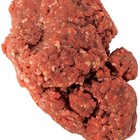
Dangers of Spoiled Ground Beef
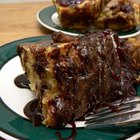
The History of Bread Pudding
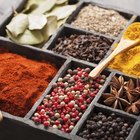
Traditional English Diet
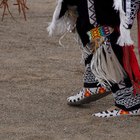
Hopi Indian Foods

The History of Asian Food

African Food Facts
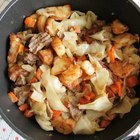
Traditional Irish Foods for Lunch
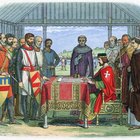
Kids' Clothing During the Medieval ...

Neolithic Diets
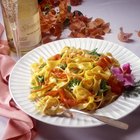
Facts About Italian Cuisine
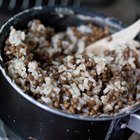
Rice & Lentil Diet
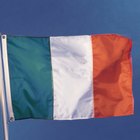
Irish Clothes of 1850

History of African Peanut Soup

Appetizers in Elizabethan Times

Traditional French Easter Food

Why Is It Hard for Humans to Eat Raw ...
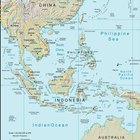
Southeast Asian Diet & Nutrition
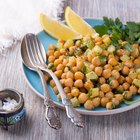
Garbanzo Beans on the Glycemic Index
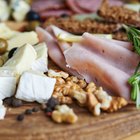
The Peasant Diet
References
- "Food and Eating in Medieval Europe"; Martha Carlin et al.; 1998
- "Food in Medieval Times"; Melitta Weiss Adamson; 2004
Photo Credits
cheese image by AGITA LEIMANE from Fotolia.com